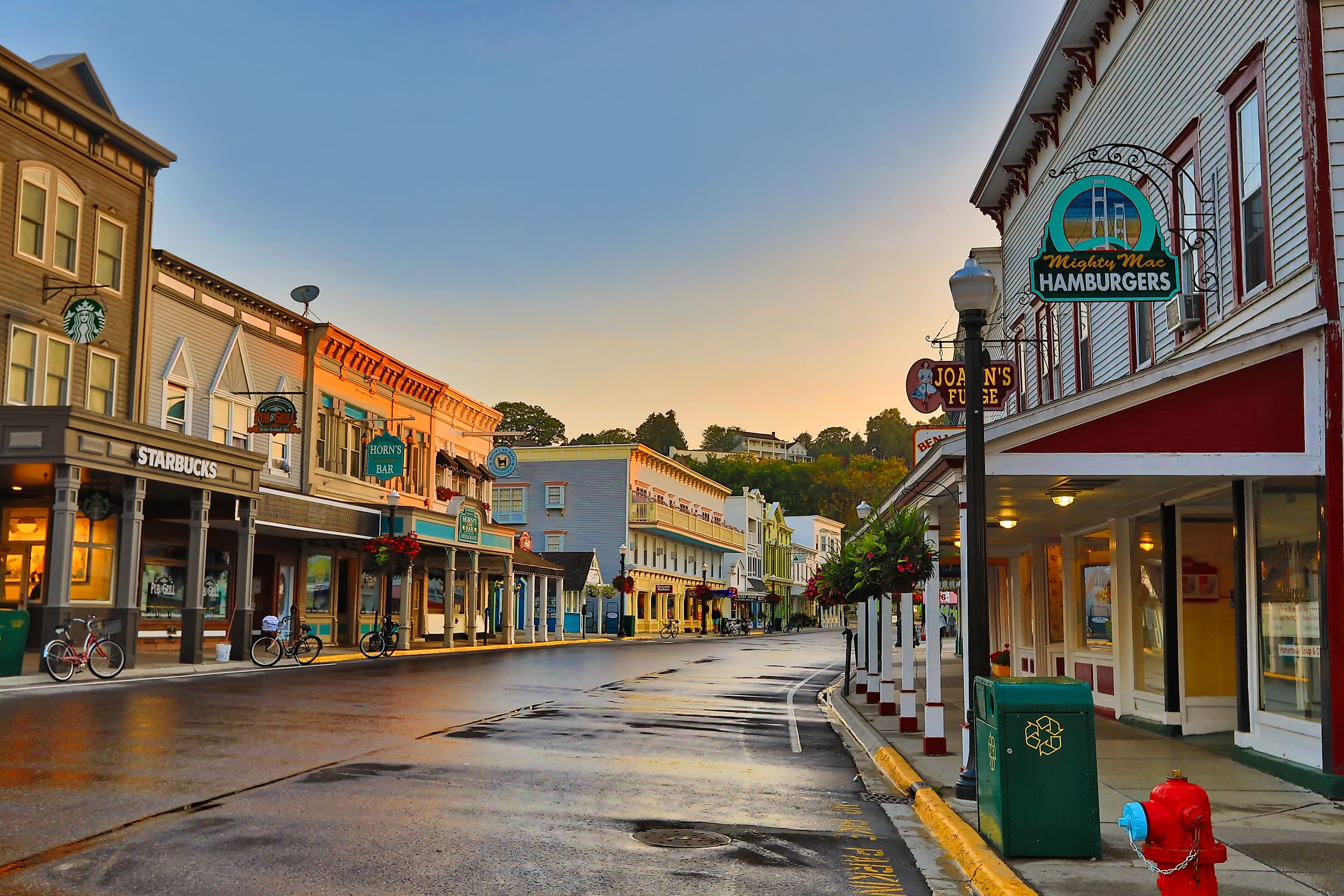
8 Old-World Towns to Visit in Michigan
In the land famously known for its automotive prowess, where the roar of engines and the sleek lines of modernity dominate the cultural landscape, Michigan has a more reflective side. Here, the essence of bygone eras is carved in stone—literally. These hamlets, located between the sprawling beaches of the Great Lakes and the rolling countryside, offer a unique contrast to the state's industrial vigor. They are places where Victorian facades, cobblestone streets, and gaslight lamps still outline the skyline.
The famed architecture of these town centers makes them living museums, animated by the festivals that celebrate their ancestral roots and the small local businesses that are as much about community as commerce. This journey through Michigan’s historical towns is an opportunity to experience the lingering charm of the past that is interwoven with the fabric of today.
Frankenmuth
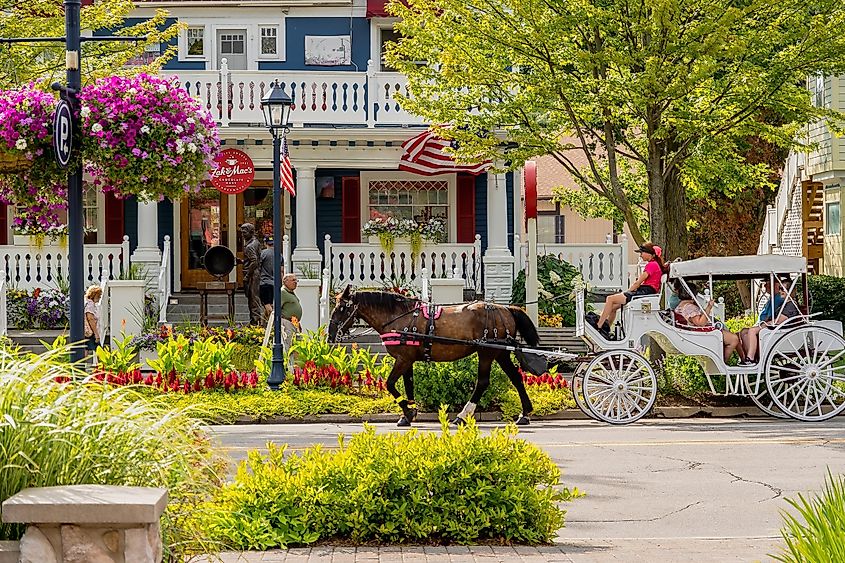
Frankenmuth, often heralded as "Michigan's Little Bavaria," offers a distinctive old-world charm that distinguishes it as a unique destination within the United States. This town's planners and community have diligently preserved its Germanic heritage, evident in the architecture and cultural offerings that permeate the town. The Historic Preservation District at the heart of Frankenmuth captures the essence of its origins, with structures and landscapes that reflect the styles and traditions of the early German settlers. This dedication to preservation not only maintains the architectural integrity of the area but also enhances the town’s appeal, providing a tangible connection to its 19th-century European roots. Events such as the renowned Oktoberfest and the immersive Bavarian Festival celebrate this heritage, featuring traditional German music, food, and festivities that attract visitors from across the nation, fostering a cultural exchange and enriching the local tourism industry.
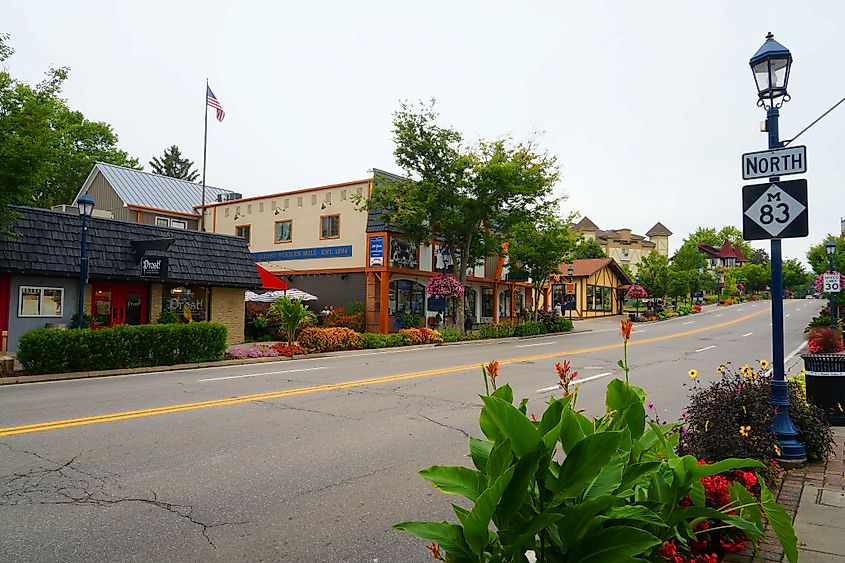
Bronner's Christmas Wonderland, which claims the title of the world's largest Christmas store, offers a unique shopping experience with an expansive selection of holiday decorations that encapsulate the town's festive spirit. The Bavarian Belle Riverboat provides another layer of historical context, offering tours along the Cass River that allow visitors to engage with the natural environment while experiencing the town's history narratively. These elements, combined with the town's commitment to preserving and celebrating its Bavarian roots, make Frankenmuth not just a destination but a comprehensive cultural experience. Visitors to Frankenmuth are transported to a different era, surrounded by the enduring legacy of its founders, making it a living museum of German-American heritage.
Mackinac Island
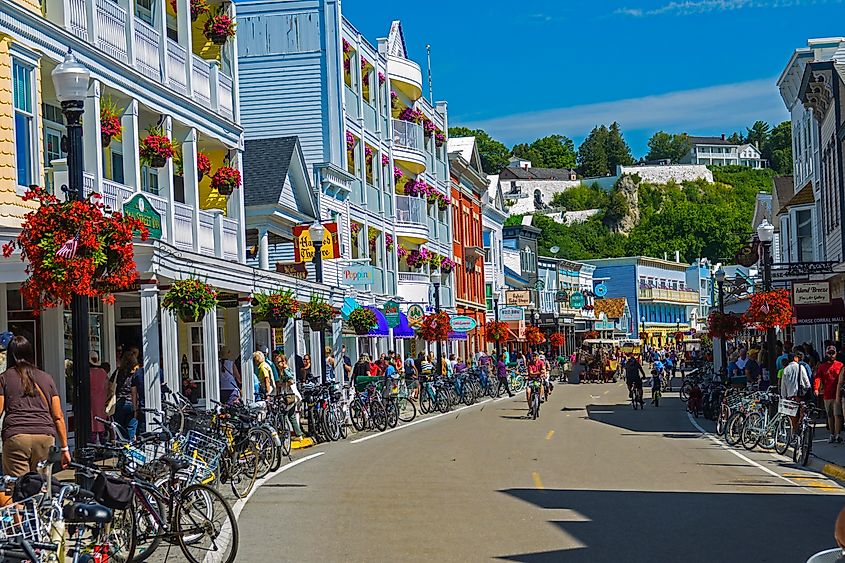
Situated in the waters of Lake Huron, Mackinac Island is consistently ranked among the most scenic in the continental U.S. and has made a remarkable commitment to its authenticity by maintaining a ban on automobiles. This policy not only enhances the tranquility of Mackinac but also supports its environmental conservation efforts, reducing pollution and preserving the integrity of its landscapes. The island's geological features, including limestone caves and the iconic Arch Rock, provide captivating natural attractions, while historical sites like Fort Mackinac and Mission Church offer insights into the area's rich past, from pivotal battles in the War of 1812 to Michigan’s oldest church.
Mackinac Island's architectural wonders, like the Grand Hotel with its Victorian elegance, complement the natural explorations offered by the island. The hotel itself, a national landmark, has hosted numerous dignitaries and encapsulates the grandeur of a bygone era with its expansive veranda and period decor, providing guests with a taste of 19th-century luxury. The absence of cars and the presence of horse-drawn carriages on the streets enhance this timeless atmosphere, making every visit a unique experience. Cultural institutions like the Stuart House Museum and the Grand Hotel Stable & Carriage Museum further highlight the island’s fascinating heritage.
Charlevoix
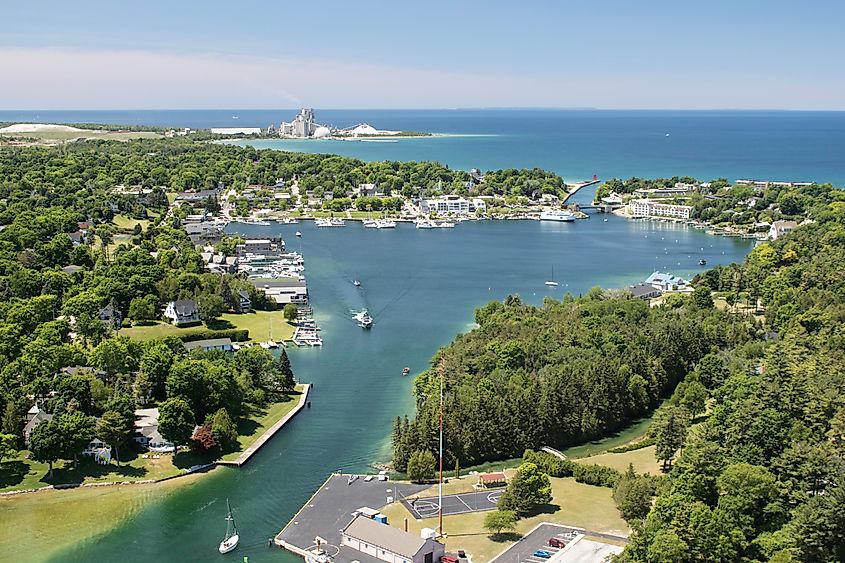
Charlevoix, beautifully located between Lake Michigan and Lake Charlevoix, was incorporated in 1879 and named after the French explorer Pierre François Xavier de Charlevoix. The Charlevoix South Pier Lighthouse, a heritage site that not only offers a picturesque setting for strolls along the lake but also serves as a beacon of the town's maritime history, should be first on your bucket-list. Additionally, the presence of several well-maintained golf courses, including the Charlevoix Golf Club and the Belvedere Golf Club, provides a glimpse into the leisure activities that have been a part of the town’s culture for decades.
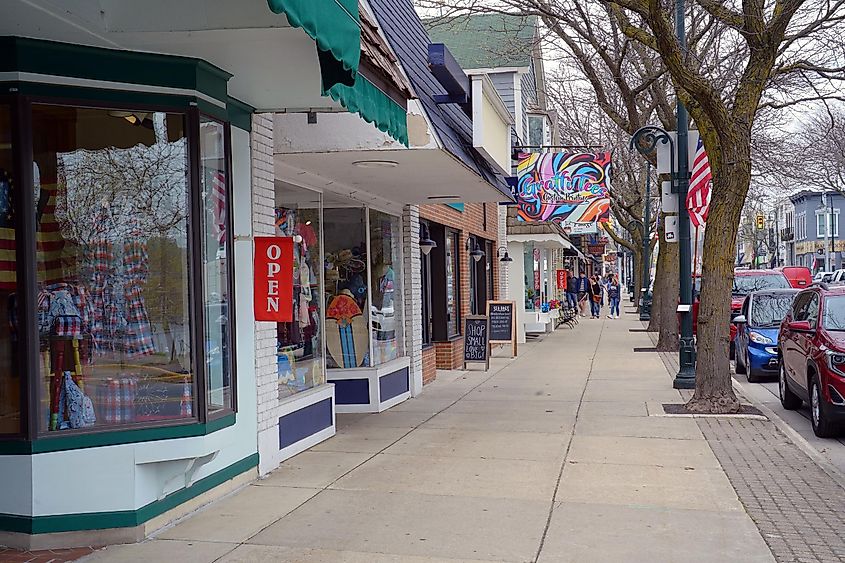
The Memorial Garden in town, another significant attraction, is meticulously kept and provides a tranquil space for reflection amidst native and adapted plant species that thrive in Michigan’s climate. The town’s aesthetic is complemented by its historic resorts, which have hosted guests seeking respite along its shores, reinforcing Charlevoix's reputation as a prestigious vacation spot. The presence of a U.S. Coast Guard station on Lake Charlevoix underscores the town’s ongoing role in regional maritime activities, bridging its historical past with modern responsibilities.
Marshall

Marshall, Michigan, offers an immersive journey into America's architectural and civil rights history, making it a compelling destination for those interested in the evolution of American towns. Established as a key fur-trading town in 1830, Marshall's commitment to preserving its historical integrity is evident in its inclusion as part of the Marshall National Historic Landmark District. This designation encompasses hundreds of 19th- and early-20th-century buildings, each meticulously maintained to offer visitors a tangible connection to the past. Notable among these is the Honolulu House, built by a former U.S. consul to the Hawaiian Islands, which showcases a unique blend of Italianate, Gothic Revival, and Polynesian architectural styles, and the Governor’s Mansion, which stands as a testament to Marshall's significance during its formative years. The town's history is further enriched by its role in the Underground Railroad, where local residents played a pivotal part in aiding escaped slaves like Adam Crosswhite on their journey to freedom in Canada. This profound legacy is explored in several local museums, including the Marshall Historical Museum at GAR Hall, which provides detailed narratives of the town's involvement in pre-Civil War activities.
Moreover, Marshall's old-world charm is amplified during its annual events that transform the town into a living history exhibit. The Marshall Historic Home Tour, the longest-running home tour in the Midwest, offers visitors an intimate look at private homes dating back to the 19th century, beautifully preserved and each with its own story. During the festive season, the Candlelight Walk through historic homes, decked out in Christmas decor, provides a magical experience, blending historical architecture with seasonal cheer. For enthusiasts of more eclectic history, the American Museum of Magic, dubbed "the Smithsonian of American Magic," offers a fascinating glimpse into the world of magic arts, preserving artifacts and stories of magicians past.
Holland
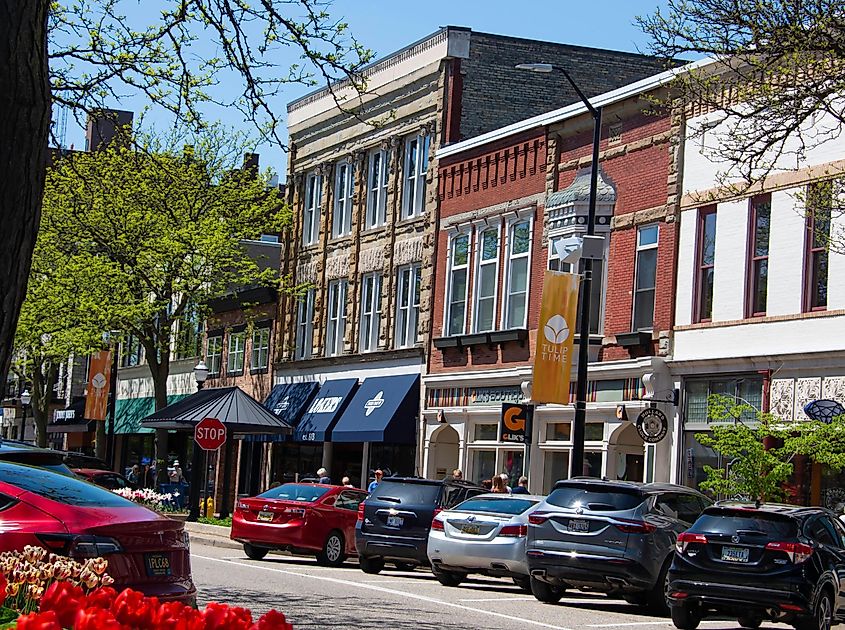
Founded by Dutch immigrants, Holland retains a strong connection to its roots, most notably through the iconic De Zwaan windmill—the only authentic, working Dutch windmill in the United States. Situated in the Windmill Island Gardens, De Zwaan symbolizes the cultural and horticultural links Holland maintains with the Netherlands, not Denmark, as its name might suggest. This link is celebrated vibrantly during the annual Tulip Time Festival, held from May 4 to May 12, which transforms the town into a colorful display of millions of tulips, echoing the flower fields of Holland in Europe. Additionally, the historic Big Red Lighthouse stands as a guardian at the mouth of Lake Macatawa, offering panoramic views of Lake Michigan and serving as a beacon of maritime history that appeals to both photographers and history enthusiasts alike.
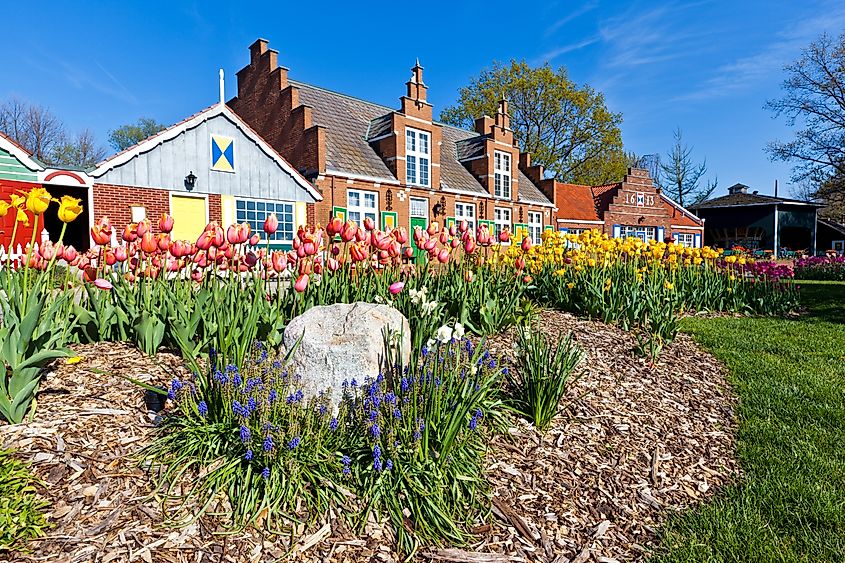
Further enriching its historical landscape, Holland provides educational opportunities through the Holland Museum and the Cappon House Museum, where visitors can delve into the stories of the town's founding and its development through the years. These museums house artifacts and exhibits that trace the Dutch migration to America, offering insights into the challenges and triumphs of the immigrant experience. For those who enjoy the great outdoors, the Holland State Park Macatawa Campground offers a serene setting where visitors can connect with nature, observe wildlife, and enjoy the lakeshore environment. Meanwhile, accommodations like the Holland Farmhouse Inn B&B and the Tulyp Hotel provide guests with a cozy, inviting atmosphere, combining modern comfort with historic charm.
South Haven
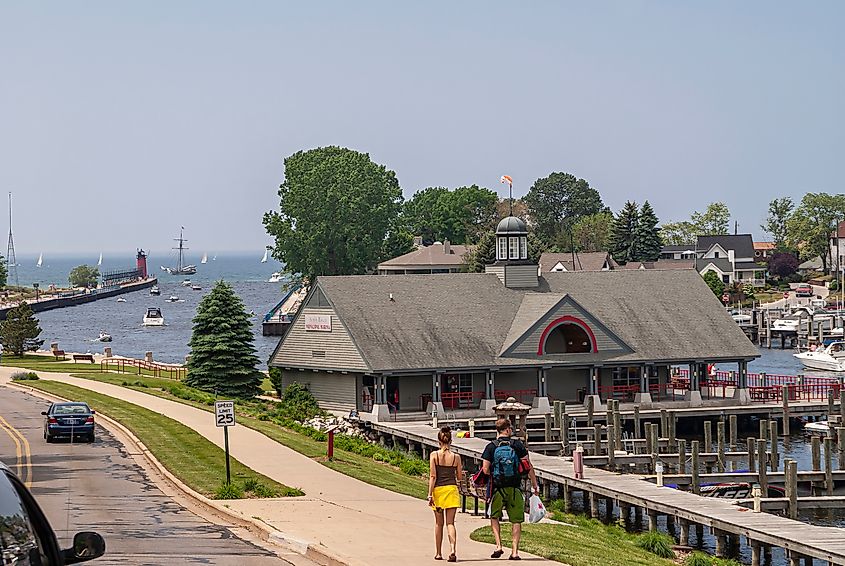
South Haven is positioned strategically at the mouth of the Black River and serves as a natural harbor that has supported the town's development since its incorporation in 1869. The town’s historical significance is preserved and showcased at the Michigan Maritime Museum, which chronicles the entire history of Lake Michigan and offers visitors the chance to board historic vessels like the Friends Good Will. These meticulously restored ships not only provide a direct link to the past but also allow for an immersive experience into the seafaring life that defined much of the region's economy and culture. Additionally, the Kal-Haven Trail, a converted rail bed that connects South Haven to Kalamazoo, offers a scenic route for cyclists and, in winter, snowmobilers, highlighting the town's commitment to preserving its historical infrastructure while adapting it for contemporary recreational use.
Moreover, South Haven's allure is not limited to its maritime and rail history. The town’s dedication to cultural preservation is also evident in the South Haven Center for the Arts, which enriches the community by offering a range of exhibits and events that celebrate local and regional artists. For visitors, the blend of artistic culture and historical preservation provides a comprehensive view of the town’s identity. Accommodations like Historic Hotel Nichols and Victoria Resort Bed & Breakfast enhance this old-world experience by offering lodgings that reflect the area's architectural heritage, further embedding guests in the historic atmosphere of South Haven.
Saugatuck
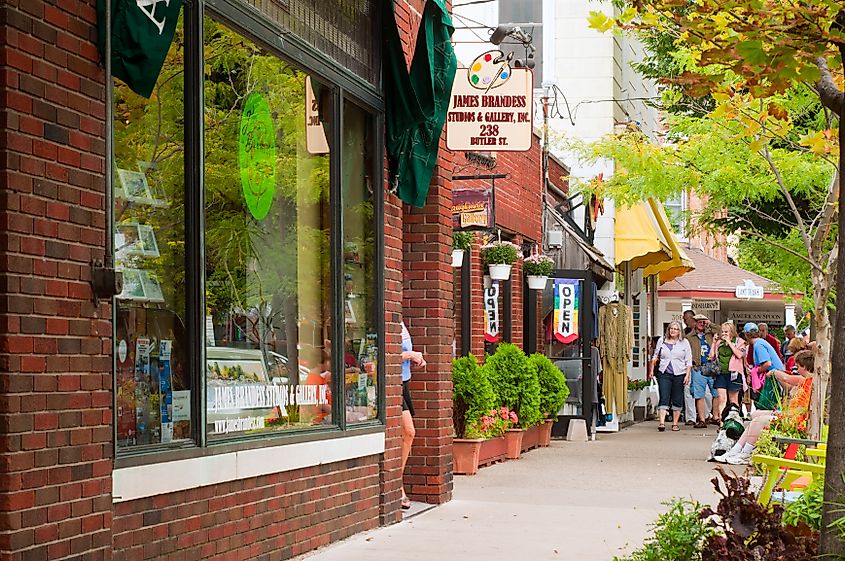
Saugatuck, celebrated for its scenic beauty and artistic spirit, has been recognized by travel connoisseurs like Condé Nast as one of the most beautiful towns in the United States. Saugatuck’s appeal is largely due to its natural landscapes, which include the expansive Saugatuck Dunes State Park. This park offers a stunning amalgamation of forested areas, cascading sand dunes, and pristine beaches such as Oval Beach—often listed among the nation’s best. The geographical features present in Saugatuck provide not only breathtaking views but also a variety of outdoor activities.

Beyond its natural allure, Saugatuck is a cultural haven that nurtures its historical and artistic heritage with fervor. The Saugatuck Center for the Arts stands as a beacon of cultural engagement, hosting a diverse array of theater performances, art shows, and educational programs that enrich the community and visitors alike. For those interested in the historical aspects of the area, the Saugatuck-Douglas History Center offers insights into the region's past, with exhibits that include a historic schoolhouse accessible to the public. The commitment to preserving and celebrating its history is paralleled by the town's vibrant contemporary art scene, which can be explored through numerous galleries dotting the town.
Petoskey
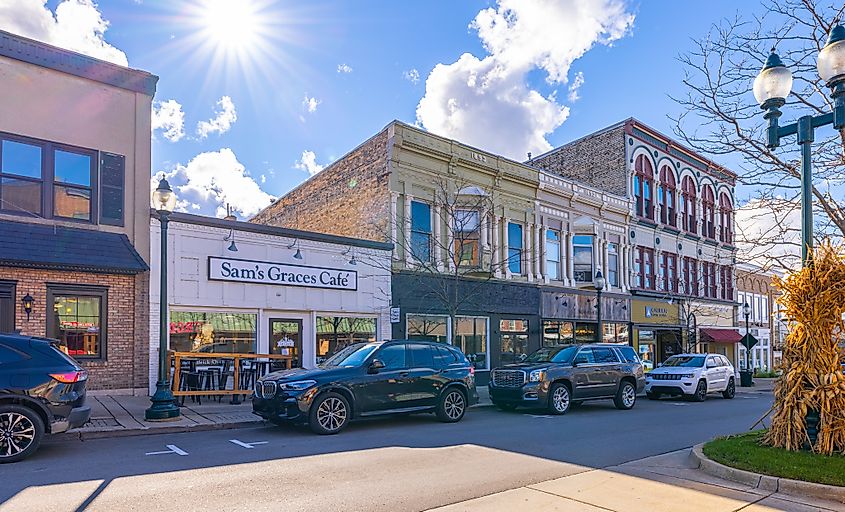
Located on the shores of Lake Michigan, Petoskey is distinguished by its Gaslight District, where vintage gas-powered lampposts illuminate tree-lined streets flanked by Victorian buildings. This historical district not only provides a picturesque backdrop but also houses an array of local craft shops and galleries, showcasing the town's commitment to preserving its architectural heritage and supporting local artisans. Additionally, Petoskey is famous for its unique geological feature, the Petoskey stone. These fossilized coral stones are Michigan’s state stone and are sought after for their distinctive patterns, which resemble sunburst figures when polished, making them a coveted souvenir for both geologists and tourists alike.
The town’s strategic location offers unrivaled views of Little Traverse Bay and Lake Michigan, particularly noted during sunset, providing spectacular natural displays that are both memorable and photogenic. For those who appreciate natural beauty, the nearby Petoskey State Park offers sandy beaches, impressive dune formations, and ample facilities for a comfortable visit. In the fall, the scenic M119 Tunnel of Trees Drive offers a spectacular display of autumnal colors along Lake Michigan, creating a mesmerizing experience for drivers and cyclists. For culinary enthusiasts, local establishments like Beards Brewery and Chandler's offer delightful local cuisine with scenic views, enhancing the overall visit. Whether strolling along the Bear River or exploring the trails, Petoskey has something for everyone.
From the architectural grandeur of Petoskey's Gaslight District to the vibrant cultural celebrations of Frankenmuth, each town provides a window into the past, seamlessly integrating heritage with the tranquility of natural landscapes. These towns are not just places to visit; they are experiences to be savored, each offering its own story and contributing to the colorful mosaic that defines Michigan's historical landscape. Whether you're exploring the scenic trails of Saugatuck or enjoying the festive atmosphere of Holland's Tulip Time, Michigan's old-world towns promise unforgettable adventures that combine the serenity of nature with the pulse of history.











